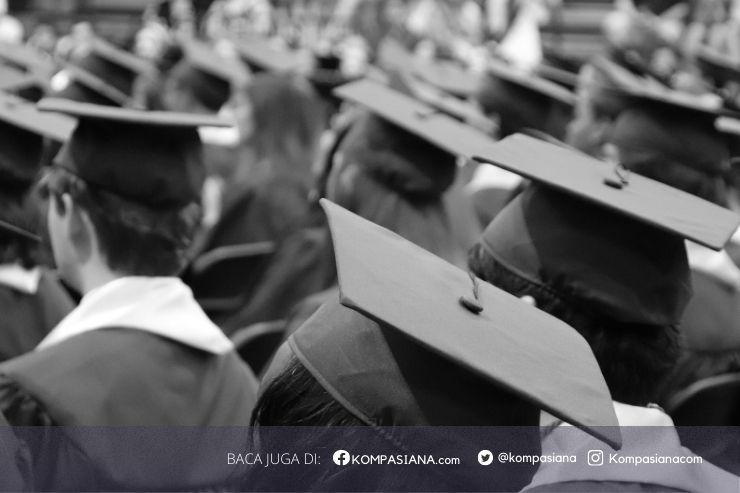Zulfa Fadilah/Student of PTK UIN Sunan Gunung Djati Bandung
Foreword
This paper was compiled as part of the fulfillment of the assignment of the Educational Human Resource Management course which was sourced from lecture notes and material summaries. Currently, the need for educators and education personnel who are professional, have integrity, and have high competence is increasingly urgent. This shows that the quality of educational institutions is not only determined by the curriculum and facilities, but is highly dependent on the human resources that manage them. The assumption is that teachers and education staff are the main factors determining the success of learning. However, the reality on the ground still shows a gap, because the selection process is often carried out without an objective and transparent basis. Based on these conditions, this paper aims to describe the importance of implementing the selection of professional educators and education personnel through the study of concepts, principles, methods, and processes in educational human resource management.
First: The selection of educators and education personnel is an important stage in ensuring the quality of educational human resources. Hasibuan (2018) stated that selection is the process of selecting applicants who are accepted or rejected based on institutional criteria. Thus, selection is not just an administrative process, but a means to determine the suitability between the competencies of prospective educators and the needs of the institution. The purpose of the selection, according to Marwansyah and Mukaram (2000), is to find candidates who have superior abilities in terms of knowledge, skills, and personality.
Second: Selection must be based on the principles of honesty and justice. In the context of education, honesty is the main moral value that must be possessed by leaders and selection committees. Without honesty, the results of the selection lose moral legitimacy and public trust in the institution can decline. The principle of fairness demands that every applicant get equal opportunities without discrimination or interference by certain parties.
Third: Educator selection methods and techniques must be scientifically designed so that the results are objective and accountable. According to Mangkunegara, there are two main approaches in selection, namely interviews and pseudo-scientific methods. Interviews are used to explore the personality, motivation, and communication of prospective educators, while pseudo-scientific methods such as academic and psychological tests are used to measure cognitive abilities and mental readiness. These techniques allow institutions to assess the balance between the intellectual abilities and emotional stability of prospective educators.
Fourth: The educator selection process consists of several important stages that are interrelated. These stages include administrative selection, selection tests, interviews, background checks and references, realistic job descriptions, to final decisions and issuance of appointment letters. Each stage has a specific function, ranging from document verification to assessment of the competencies and character of prospective educators. The implementation of a good selection must also be accompanied by an evaluation and feedback system so that candidates who do not pass continue to learn for self-improvement.
This article is extracted from the Teaching Module of the Educational Human Resource Management Course Part 5 Lecturer Prof. Dr. H. A Rusdiana, MM
https://digilib.uinsgd.ac.id/96098/1/
Karawang, 08 Oktober 2025
Student







